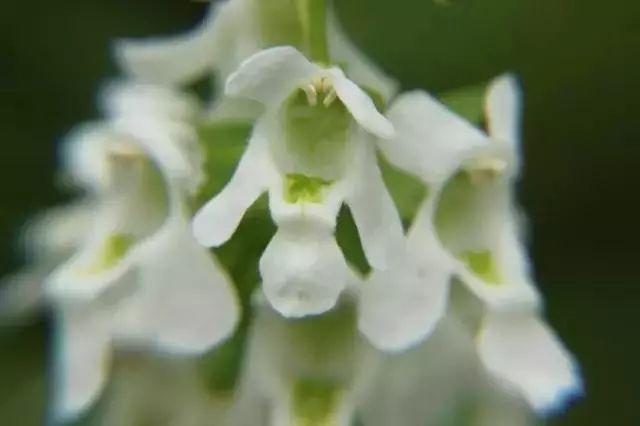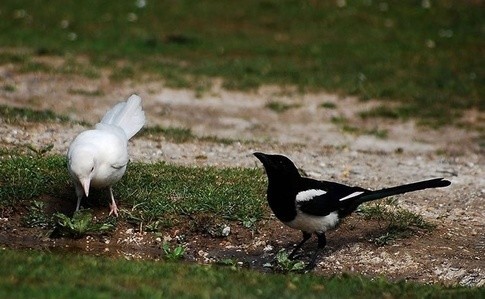Enchanting Angel’s Trumpet: Nature’s Heavenly Floral SpectacleThe Angel’s Trumpet (Brugmansia), a genus of tropical shrubs and small trees, casts a spell on observers with its pendulous, trumpet-shaped flowers that seem to hang like celestial lanterns. Native to the cloud forests of South America, from Colombia to Peru, these plants have become iconic in gardens worldwide for their ethereal beauty and intoxicating fragrance, thriving in warm, humid climates.
June 16, 2025, 2:09 pm EDT










